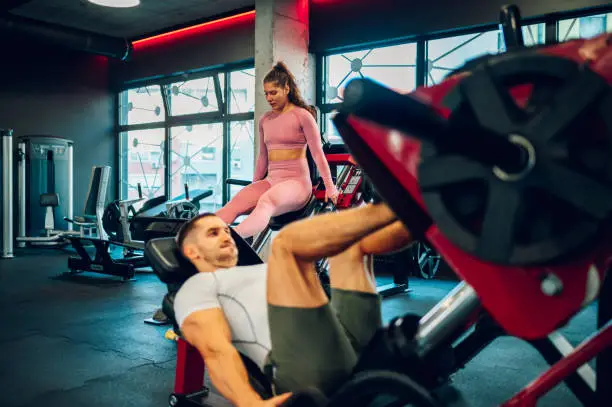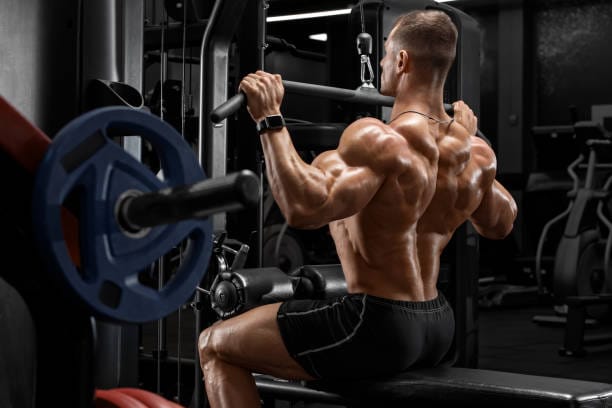Introduction
The leg press is a popular exercise for building lower body strength, but it’s not always accessible to everyone. Whether you lack access to a leg press machine at your gym or prefer exercises that engage more stabilizing muscles, there are many excellent leg press alternative. These exercises target the same muscle groups—quads, hamstrings, glutes, and calves—and can be just as effective, if not more so, at improving strength, balance, and overall lower body power.
In this article, we’ll explore the top leg press alternatives that you can incorporate into your workout routine to maximize results. Whether you’re looking to vary your leg day routine or find an exercise that fits your specific needs, these exercises will help you achieve your fitness goals.
1. What is the leg press?
The leg press is a compound movement that targets the quadriceps, hamstrings, glutes, and calves. It involves pushing a weighted platform away from the body using your legs while seated or lying down on a leg press machine. This exercise is excellent for isolating the lower body muscles without putting excessive strain on the back.
While the leg press is a great exercise for muscle growth and strength, it has some limitations. For one, it doesn’t engage the stabilizing muscles in the core and hips as much as free-weight exercises do. Plus, not all gyms have a leg press machine, and some individuals may find the seated position uncomfortable or restrictive.
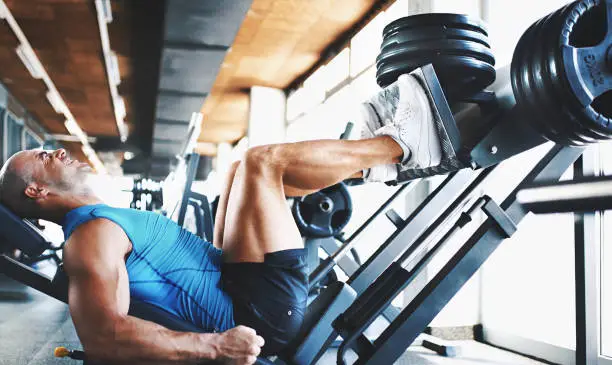
2. Why You Might Need a Leg Press Alternative
There are several reasons why you might want to explore alternatives to the leg press:
Lack of Equipment
If you work out at home or at a gym without access to a leg press machine, you’ll need other exercises to target the same muscles.
Greater Functional Strength
While the leg press is effective, free-weight exercises like squats and lunges engage more stabilizing muscles, which can improve your overall functional strength.
Injury Considerations
The leg press machine can be uncomfortable for those with certain back or knee issues. Alternatives like split squats or step-ups can be more joint-friendly and easier to modify based on your limitations.
Variety in Your Routine
Even if you have access to a leg press machine, incorporating different exercises into your routine can help avoid plateaus and ensure that you’re working the muscles in different ways.
3. Best Leg Press Alternatives
Here are some of the best exercises that mimic the leg press while offering additional benefits for balance, core strength, and functional movement.
3.1. Barbell Squat
The barbell squat is often considered the king of lower body exercises. It targets the same muscle groups as the leg press—quads, glutes, hamstrings, and calves—but also engages the core and lower back muscles to a greater degree.
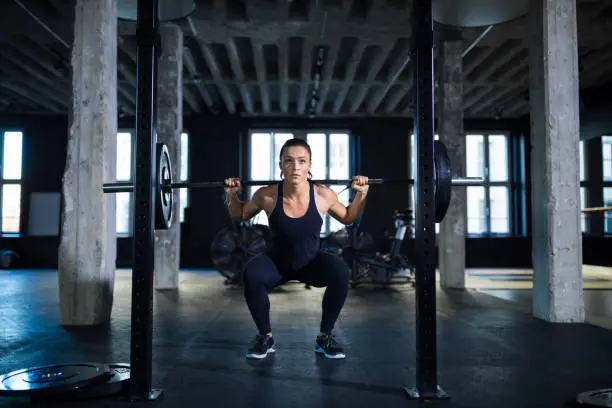
How to Perform:
- Stand with your feet shoulder-width apart, with a barbell resting on your upper back.
- Lower your body by bending your knees and hips, keeping your chest up and back straight.
- Go down until your thighs are parallel to the floor, then push through your heels to return to the starting position.
Benefits: Barbell squats improve overall lower body strength and power while enhancing balance and stability.
3.2. Dumbbell Lunges
A fantastic alternative to the leg press, as they work each leg independently, improving balance and coordination while building strength in the quads, glutes, and hamstrings.
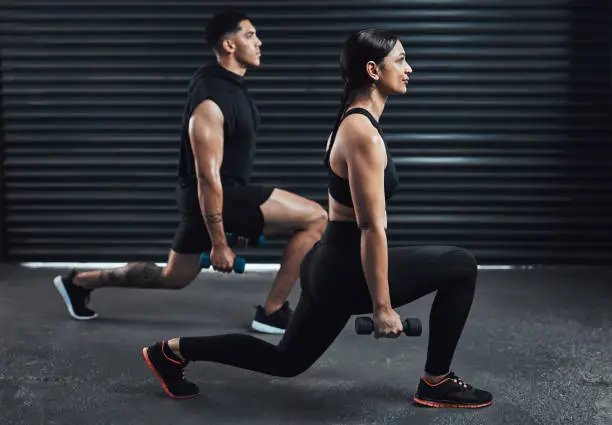
How to Perform:
- Stand with your feet together, holding a dumbbell in each hand.
- Take a step forward with one leg and lower your body until both knees are bent at 90 degrees.
- Push through your front heel to return to the starting position, and repeat on the other leg.
Benefits: Lunges help develop unilateral strength, which can correct muscle imbalances and improve athletic performance.
3.3. Bulgarian Split Squat
The Bulgarian split squat is an advanced lower body exercise that heavily targets the quads and glutes while also improving hip mobility and balance.
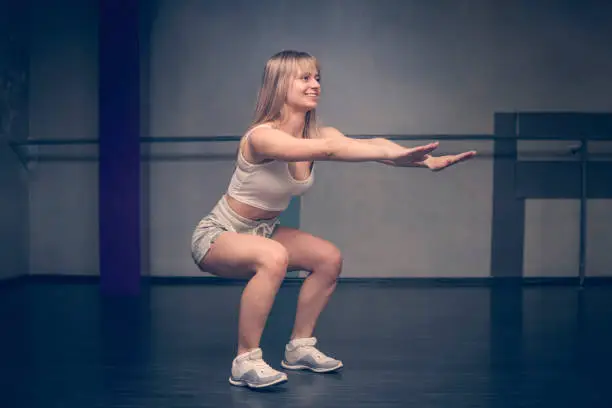
How to Perform:
- Stand a few feet in front of a bench or step, with one foot resting on the bench behind you.
- Lower your body by bending your front knee until your thigh is parallel to the ground.
- Push through your front heel to return to the starting position.
Benefits: This exercise is great for isolating one leg at a time, helping to build strength and balance, especially for athletes.
3.4. Step-Ups
Is a functional and effective alternative to the leg press, targeting the quads, glutes, and hamstrings while also engaging the core for stability.

How to Perform:
- Stand in front of a sturdy box or bench.
- Step up onto the bench with one foot, driving through the heel to lift your body.
- Step down and repeat on the other leg.
Benefits: Step-ups improve unilateral strength, balance, and coordination and can be easily modified by adjusting the height of the step.
3.5. Leg Press with Resistance Bands
If you don’t have access to a leg press machine, you can mimic the movement using resistance bands. This variation targets the same muscles but requires greater control and stabilizer engagement.

How to Perform:
- Sit on the floor with your legs extended and loop a resistance band around the soles of your feet.
- Hold the ends of the band and press your legs out straight, keeping tension on the band.
- Slowly return to the starting position, resisting the pull of the band.
Benefits: Resistance bands are portable and versatile, making this a great at-home alternative to the leg press machine.
3.6. Goblet Squat
The goblet squat is a variation of the traditional squat that is easier to perform with proper form, making it ideal for beginners. It targets the same muscle groups as the leg press and improves core stability.
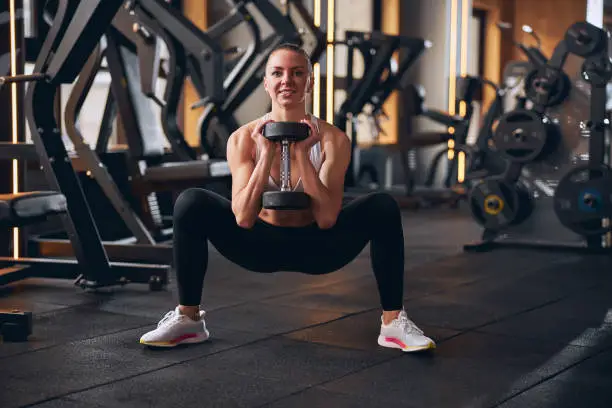
How to Perform:
- Hold a dumbbell or kettlebell at chest height with both hands.
- Lower your body into a squat, keeping your chest up and back straight.
- Push through your heels to return to the starting position.
Benefits: The goblet squat is excellent for improving squat form and developing lower body strength.
3.7. Glute Bridge
The glute bridge is a bodyweight exercise that primarily targets the glutes and hamstrings. While it’s less intense than some other exercises, it’s a great option for beginners or as a warm-up for heavier lifts.
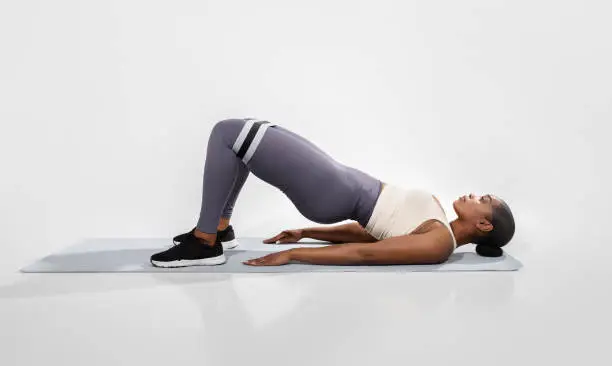
How to Perform:
- Lie on your back with your knees bent and feet flat on the floor.
- Lift your hips toward the ceiling by squeezing your glutes and pushing through your heels.
- Lower your hips back to the ground and repeat.
Benefits: Glute bridges strengthen the posterior chain and improve hip mobility, making them a great complementary exercise for lower body training.
4. How to Incorporate Leg Press Alternatives into Your Routine
Incorporating leg press alternatives into your workout routine can help you achieve a well-rounded lower body workout. Here’s a sample lower body routine that includes a variety of exercises to target the quads, hamstrings, glutes, and calves:
- Barbell Squat: 4 sets of 8-10 reps
- Dumbbell Lunges: 3 sets of 10 reps per leg
- Bulgarian Split Squat: 3 sets of 8-10 reps per leg
- Step-Ups: 3 sets of 12 reps per leg
- Glute Bridge: 3 sets of 15 reps
By including a variety of these exercises, you’ll not only strengthen your lower body but also improve balance, core stability, and functional strength.
5. Benefits of Using Leg Press Alternatives
In addition to targeting the same muscle groups as the leg press, these alternatives offer a range of other benefits:
Engage Stabilizing Muscles
Free-weight exercises like squats and lunges engage more stabilizer muscles compared to the leg press machine, leading to improved balance and coordination.
Increase Functional Strength
Exercises like step-ups and split squats are more functional, meaning they mimic movements you use in everyday life. This translates to better overall performance and injury prevention.
Variety for Muscle Growth
Incorporating different exercises into your routine prevents your body from adapting to a single movement, helping to avoid plateaus and promote continuous muscle growth.
Flexibility and Accessibility
Most leg press alternatives require little to no equipment, making them ideal for home workouts or when you don’t have access to a gym. Plus, exercises like bodyweight squats or lunges can be done almost anywhere.
6. Common Mistakes to Avoid
When performing leg press alternatives, it’s important to keep the following in mind:
- Don’t overload too soon: Start with lighter weights to master proper form before increasing resistance.
- Maintain proper alignment: Keep your knees aligned with your toes to avoid unnecessary strain on your joints.
- Control your movements: Avoid rushing through reps; slow, controlled movements are more effective for muscle activation.
Conclusion
While the leg press is a powerful tool for building lower body strength, it’s not the only option. Whether you’re looking for more variety in your workout, need exercises that target stabilizing muscles, or simply don’t have access to a leg press machine, there are plenty of effective alternatives to choose from. Exercises like squats, lunges, step-ups, and Bulgarian split squats can help you achieve your fitness goals while providing additional benefits like improved balance, coordination, and functional strength. Incorporate these exercises into your routine to maximize your lower body strength and avoid plateaus.
